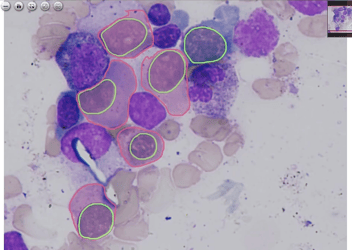Exploring the Microscopic World: A Guide to Different Microscope Types
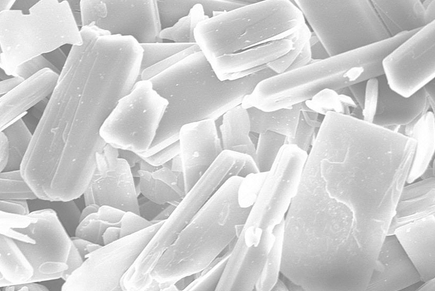
Unveil the hidden wonders of the microscopic world with this comprehensive guide to various microscope types. Discover the different instruments that allow you to delve into the intricate details of the tiniest organisms and objects.
Unveiling the Microscopic World
The microscopic world is a fascinating realm filled with wonders waiting to be discovered. With the help of various microscope types, we can explore and unravel the intricate details of the tiniest organisms and objects. From bacteria and cells to nanoparticles and crystals, microscopes provide us with a window into an otherwise invisible world.
In this guide, we will take you on a journey through the different microscope types, their principles, and their applications. Get ready to dive into the microscopic world and witness the marvels that await!
Optical Microscopes: An Overview
Optical microscopes, also known as light microscopes, are the most commonly used type of microscope. They use visible light and a system of lenses to magnify and visualize specimens. These microscopes are ideal for observing living organisms, cells, and larger structures.
There are several types of optical microscopes, including compound microscopes, stereo microscopes, and phase contrast microscopes. Each type offers unique features and advantages for specific applications. Whether you're a student, a biologist, or a hobbyist, optical microscopes are a versatile tool for exploring the microscopic world.
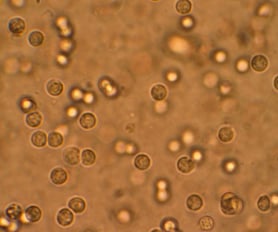
Delving into Electron Microscopes
While optical microscopes are suitable for observing larger specimens, electron microscopes take us deeper into the world of the ultra-small. Electron microscopes use a beam of electrons instead of light to magnify the samples, allowing for much higher resolution and magnification.
There are two main types of electron microscopes: scanning electron microscopes (SEMs) and transmission electron microscopes (TEMs). SEMs provide detailed surface images, while TEMs allow us to explore the internal structure of specimens with incredible detail. Electron microscopes have revolutionized scientific research and have contributed to numerous discoveries.
Exploring the World of Scanning Electron Microscopes
Scanning electron microscopes (SEMs) are powerful tools that provide detailed surface information about specimens. They work by scanning a focused beam of electrons across the sample's surface and detecting the emitted secondary electrons. This information is then used to create a magnified image with exceptional depth of field.
SEMs are widely used in various fields, including materials science, nanotechnology, and biology. They have enabled scientists to visualize the intricate surface structures of objects such as insects, pollen grains, and microchips. With SEMs, we can explore the micro and nano world like never before.
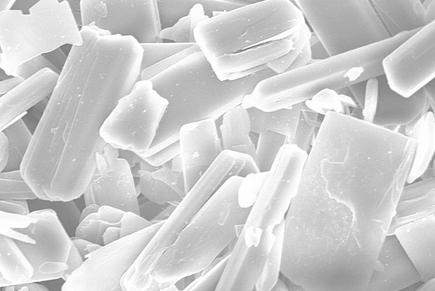
Exploring the World of Transmission Electron Microscopes
Transmission electron microscopes (TEMs) take us even further into the microscopic world by allowing us to examine the internal structure of specimens. They use a beam of electrons that passes through an ultra-thin sample, creating a highly detailed image on a fluorescent screen or a digital camera.
TEMs have been instrumental in studying the atomic and molecular structure of materials, viruses, and cells. They have revealed the intricate details of biological processes, helped identify new materials, and advanced our understanding of the nanoscale world. TEMs are indispensable tools in various scientific disciplines.
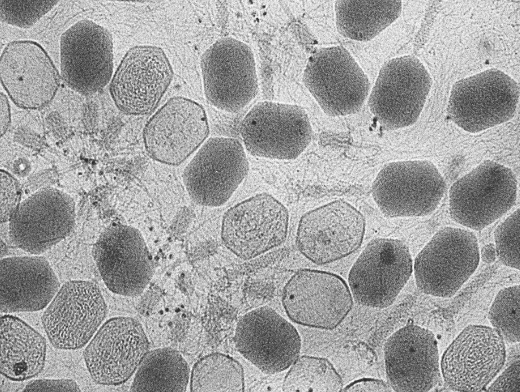
Understanding Scanning Probe Microscopes
Scanning probe microscopes (SPMs) are a unique type of microscope that allows us to investigate surfaces on an atomic and molecular scale. Unlike optical and electron microscopes, SPMs do not rely on light or electron beams. Instead, they use a physical probe, such as a sharp tip, to scan the surface of a sample and create an image based on the interaction forces between the probe and the sample.
SPMs have opened up new avenues for research in fields like nanotechnology, materials science, and surface chemistry. They have the ability to manipulate individual atoms and molecules, enabling the fabrication and characterization of nanostructures with precision.
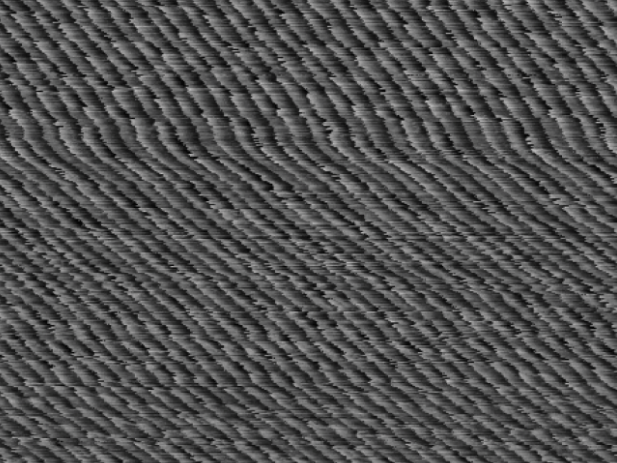
Exploring the World of Atomic Force Microscopy (AFM)
Atomic force microscopy (AFM) is a type of scanning probe microscopy that provides high-resolution images of surfaces. It uses a small probe with a sharp tip to scan the surface of a sample, measuring the forces between the tip and the surface. These measurements are then used to create a detailed topographic image.
AFM has become an essential tool for studying the properties of materials at the nanoscale. It allows us to visualize individual atoms and molecules, measure surface roughness, and investigate mechanical properties such as stiffness and adhesion. AFM has applications in various fields, including physics, chemistry, and biology.
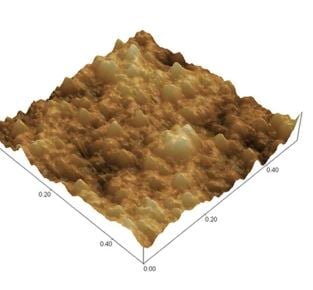
DeepBlock.net: AI-powered Microscopy Analysis
Discover the cutting-edge capabilities of DeepBlock.net, an innovative platform harnessing the power of artificial intelligence (AI) for microscopy analysis. This groundbreaking tool automates the analysis process, delivering faster, more accurate, and cost-effective results.
DeepBlock.net employs advanced machine learning algorithms to swiftly analyze vast amounts of microscopy data, extracting valuable insights from the intricate nano world. Although high-resolution image analysis with machine learning technology can be challenging, DeepBlock.net simplifies the process. You can effortlessly train and utilize your own deep learning model without extensive technical knowledge.
Researchers can conveniently upload their microscopic images to DeepBlock.net, select the appropriate deep learning model, and receive precise analysis results within minutes.
Furthermore, the platform offers annotation tools that empower researchers to train and create their own machine learning models, even if they lack expertise in computer science.
Deep Block's no-code AI platform empowers researchers to customize and develop models tailored to their specific research requirements, revolutionizing the field of microscopy analysis.



